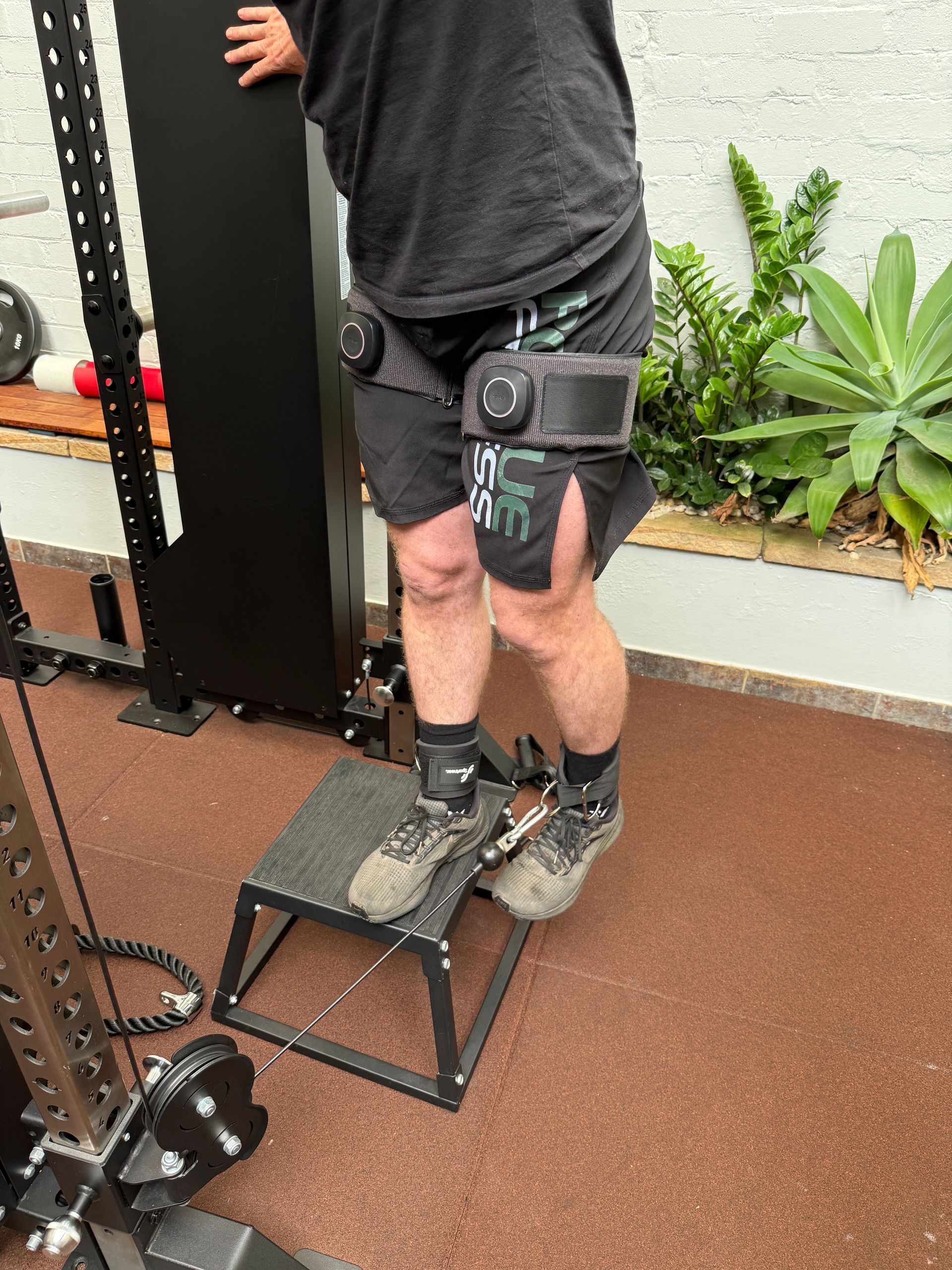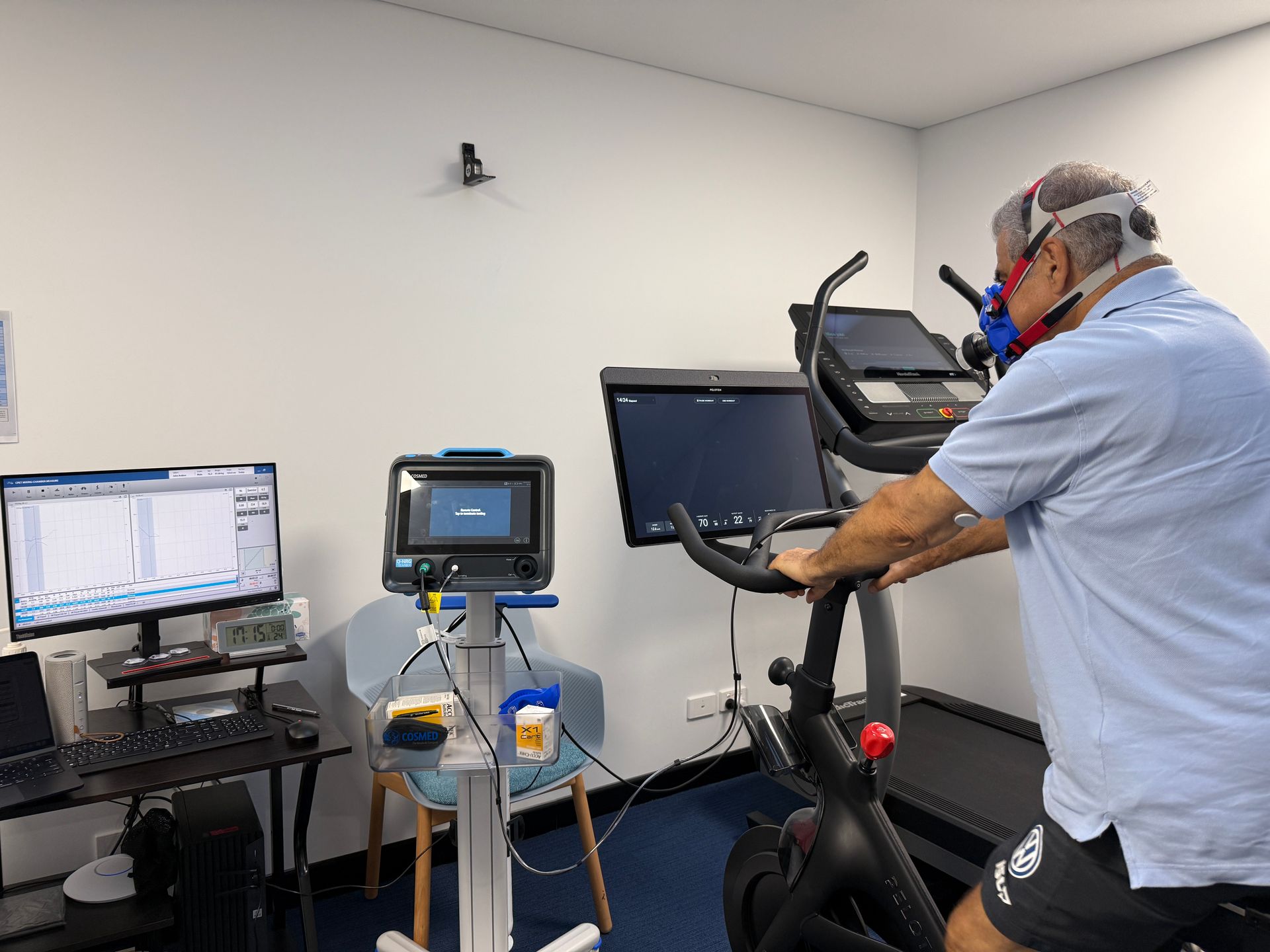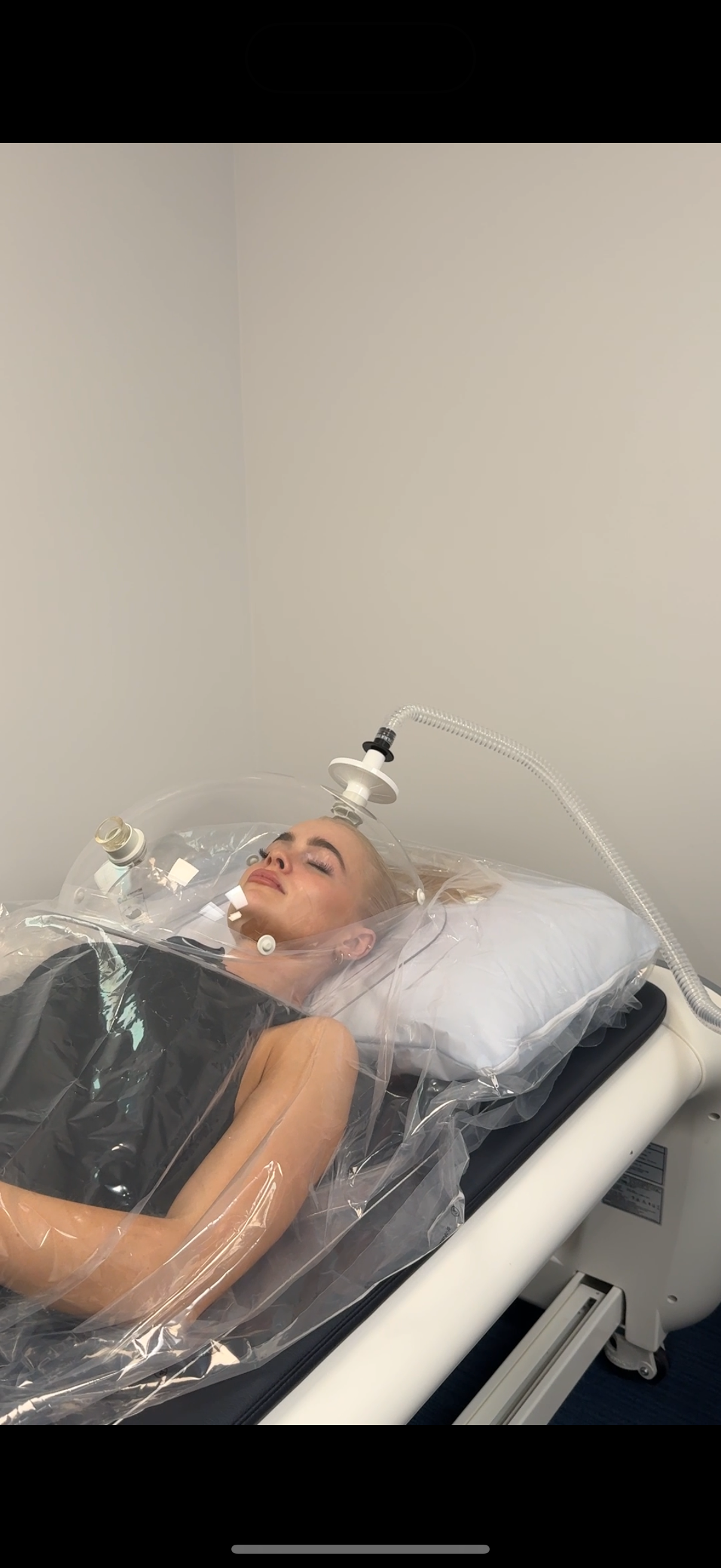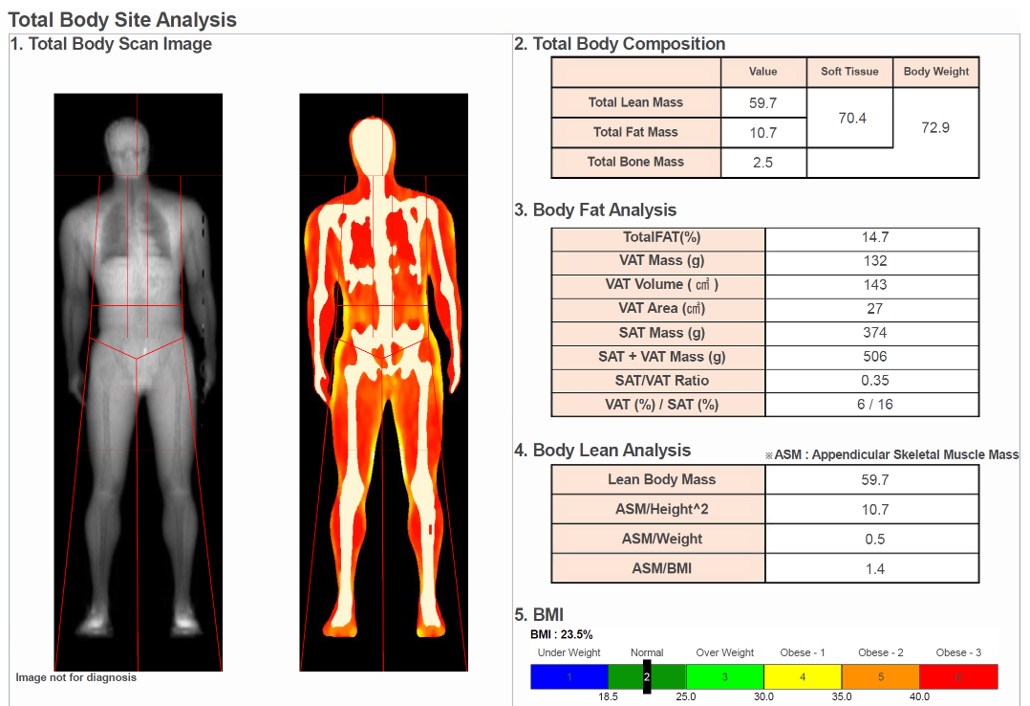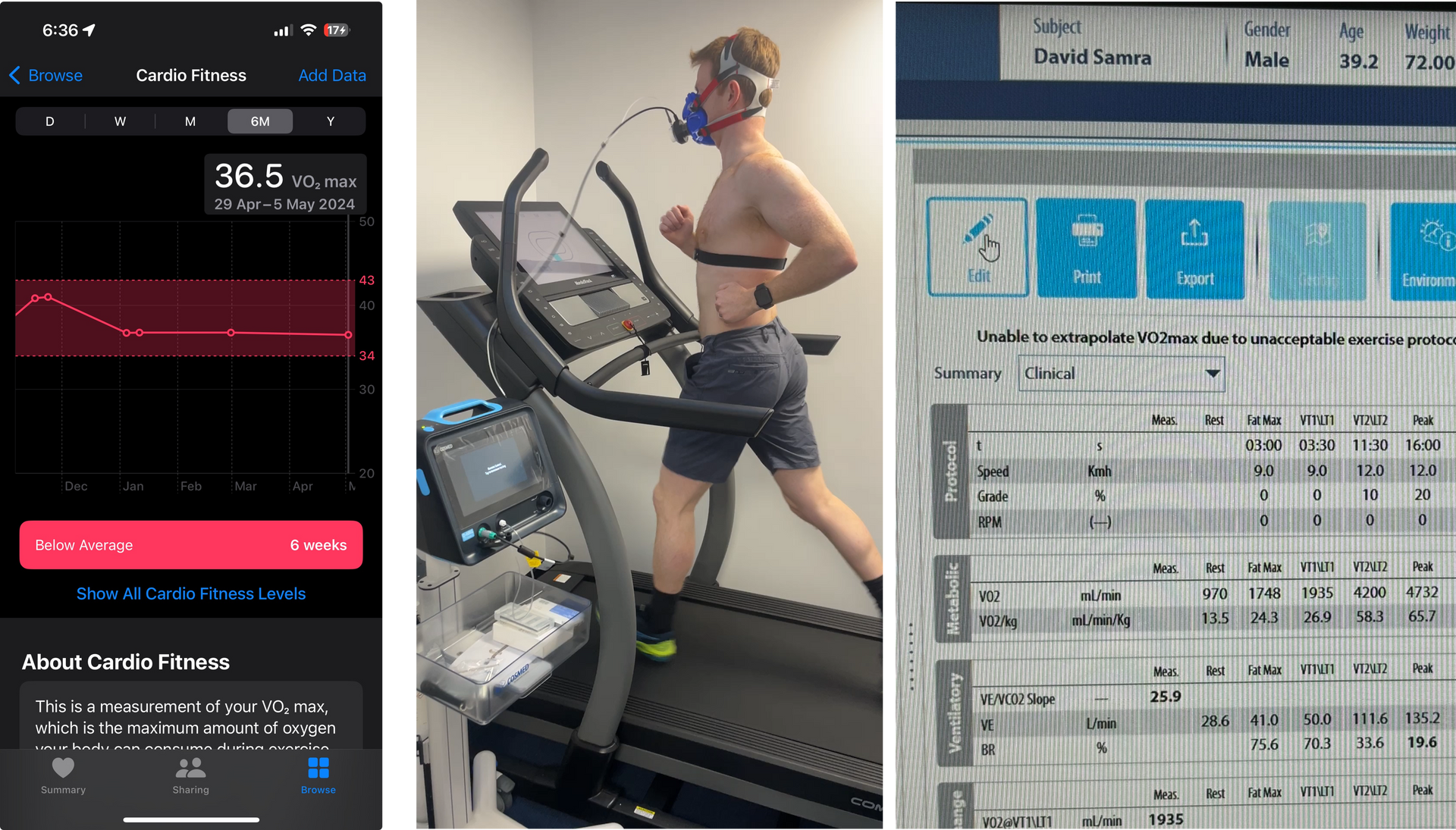Progressive Health Blog

Why Strength Training is Essential for Building Stronger Bones If you think lifting weights is only for building muscle, think again. Strength training is one of the most effective tools we have to improve bone health, reduce fracture risk, and enhance overall function — especially as we age. At Progressive Sports Medicine, we integrate research-backed strategies like resistance training to help clients maintain bone density and prevent the cascade of issues associated with osteoporosis. The Problem: Bone Loss and Fracture Risk After age 30, we naturally begin to lose bone mass. For many, this can lead to osteopenia, osteoporosis, and an increased risk of fractures — especially in the spine, hip, and wrist. Fractures aren’t just painful. They lead to reduced mobility, independence, and even increased mortality in older adults. The Solution: Strength Training for Skeletal Health Emerging research and clinical consensus show that progressive resistance training (PRT) can directly improve bone health. But it’s more than just building density — it improves muscle mass, strength, posture, balance, and coordination , all of which reduce fall and fracture risk. Take a look at the insights from the latest data: 📊 What the Research Shows 1. Bone Drugs vs Exercise Medications like romosozumab and abaloparatide show impressive gains in lumbar spine BMD (10–13%) and fracture risk reduction (~50–70%). Exercise , while showing smaller increases in BMD (~1–2%), significantly reduces fracture risk (~35–40%) , likely due to improvements in strength, coordination, and fall prevention. Bottom line: Medications build bone density. Exercise prevents the fall in the first place. 2. How Exercise Works Strength training improves: ✅ Muscle strength and mobility ✅ Balance and gait ✅ Bone geometry and loading ✅ Pain and postural alignment These benefits lead to a cascade of fall risk reduction , addressing multiple contributors to fracture — not just low BMD. 3. Site-Specific Gains A controlled study found significant increases in cortical thickness of the femoral neck with exercise: 💪 17–30% increases in cortical bone thickness (critical for fracture prevention) ❌ No benefit in control group Even without large changes in total vBMD, improvements in bone structure translate into stronger bones. Why We Focus on Strength at Progressive Sports Medicine Most people assume calcium or walking is enough. It’s not. We prescribe tailored programs including: Resistance training (2–3x/week) Functional loading (step-ups, squats, deadlifts) Balance and reactive control work High-impact loading (where safe and appropriate) These not only stimulate bone but also train the nervous system to prevent falls — a key factor medications can’t address. Final Thoughts: It's Not Just About Density Bone health is about reducing fracture risk , and strength training addresses this from every angle — muscular, structural, and neurological. Whether you're managing osteopenia, rehabbing a fracture, or just want to age stronger — don’t skip the strength work . If you're ready to improve your bone health, book a consult and we'll show you how to build a program based on evidence, not guesswork .


